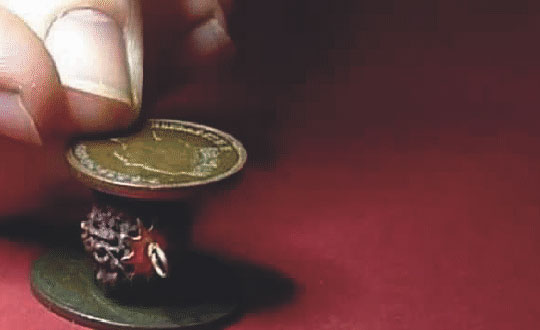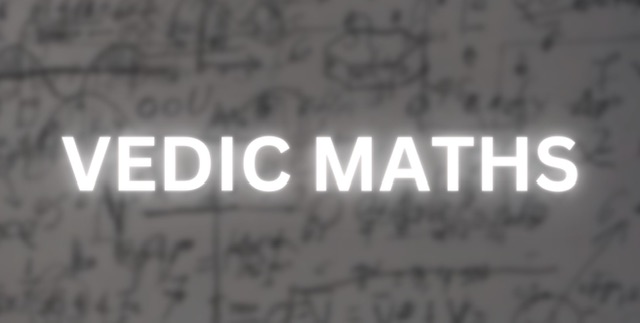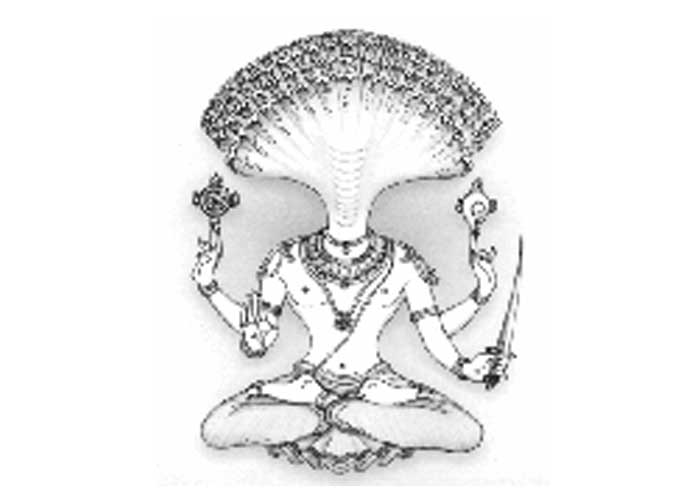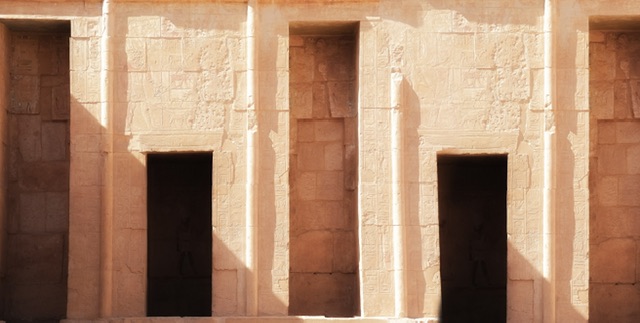The biomedical properties of Rudraksha and various myths related to it have created a demand that is far greater than its supply. This has provided an opportunity to unscrupulous sellers to devise various ways of hoodwinking the unsuspecting buyers. Due to their rarity and high cost, there are large numbers of artisan beads or fake Rudrakshas floating in the market. Rudraksha beads are available from one-mukhi to 21 mukhi, but approximately 90 percent of Rudrakshas are five-mukhi, and four-mukhi to six-mukhi are more commonly available. The nine-mukhi to 14-mukhi are rare, and larger ones, from 15-20 mukhi, are even rarer. The round one-mukhi, the Gauri-Shankar, and the Trijuti are extremely rare and therefore expensive. Rudraksha beads are sold in large quantities in India and abroad at prices ranging from $100 to $50,000. In this issue let us take a look at some of the methods adopted to craft artisan or fake Rudraksha beads.
ROUND-ONE MUKHI
The most common method adopted for making the fake round one-mukhi Rudraksha is by using a common Rudraksha bead and sealing all its clefts except one, or by removing all the extra clefts skillfully. Clefts are generally sealed using a special type of synthetic material, or by natural resin material of a plant origin. Clefts are also sealed by skillfully pasting very small pieces of other Rudraksha beads in it.
Artisan one-mukhi Rudraksha are also made from heart wood (centremost portion of a tree) of the plant species Aquillaria agallocha and chestnut (akroad), Castanea sativa. Another method adopted is by making small beads from a resinous material. Large oval and round one-mukhi beads are made by making a ball of crushed Rudraksha with resin as a binding Fake rudraksha beadsmaterial.
Figure 1. is a commonly sold variety of Rudraksha from Indonesia. In this, small pieces of Rudraksha are glued, on four of the lines of a five-mukhi bead, thus leaving only one deep line. It can be detected by soaking it in hot water for two to three hours. The other hidden lines will show up in a different colour as the glue softens and pieces chip off. Another very commonly sold variety is where small pieces of Rudraksha are glued on any optimal sized seed and a line is carved externally. It can be detected by placing in warm water overnight, whence all the other lines will show up.
Filling material generally used in such beads is lac, gum of plant origin, honeybee comb wax, or crushed pieces of normal Rudraksha; at times even a special type of clay is used. Large sized perfectly round one-mukhi beads that are up to four inches in diameter are also made from fruits of the plant, Couroupita guianensis. (Canon ball tree). Such large sized Rudrakshas are generally sold with a Shivlinga or a hood of cobra which are carved or made with resin glues and stuck on the bead to dupe lay persons.
ONE-MUKHI OVAL (HARIDWAR EK MUKHI)
Due to the extreme rarity of the round one-mukhi Rudraksha, the oval one-mukhi Rudraksha is commonly sold in the market. Oval Rudrakshas are fruits of the commonly available species Elaeocarpus serratus. Stones of this species are generally three-mukhi and are commonly known as Indian oval three-mukhi Rudraksha. Under this species approximately 90 percent stones are three-mukhi , seven to eight percent stones are two-mukhi and only one or two percent stones one-mukhi. The one-mukhi is so rare that people who are not conversant with botanical research are of the opinion that the one-mukhi and two-mukhi stones in this species do not exist, and if available are tampered from the normal three-mukhi stones. But the botanical description of the species Elaeocarpus serratus, clearly mentions that its ovary is from one to three celled. (Reference: Flora of Bombay Presidency Vol. II by Cooke).
The ovary further develops into beads with one to three clefts. However, most of the one-mukhi available in the market are the tampered three-mukhis, made either by sealing two clefts with resin or by skillfully removing the other two clefts leaving one cleft intact.
Figure 2. is the most commonly sold, which is actually a three-faced oval bead of Indian origin and not Nepalese. Other lines are skillfully obliterated leaving only one line. Artisan one-mukhi beads of this type can easily be identified by boiling them in a pressure cooker at 1200 Celsius for half an hour. This removes the sealing resin matter easily. Beads in which two clefts are skillfully removed by sharp cuts can easily be detected by studying the ornamentation pattern of the bead. Oval one-mukhi beads are the morphological variation of oval three-mukhi beads, as it clearly shows the presence of two rudimentary locules and only one fully developed locule with a single seed. Interestingly this anatomical character is the same for all beads of this species in spite of the number of clefts present.





